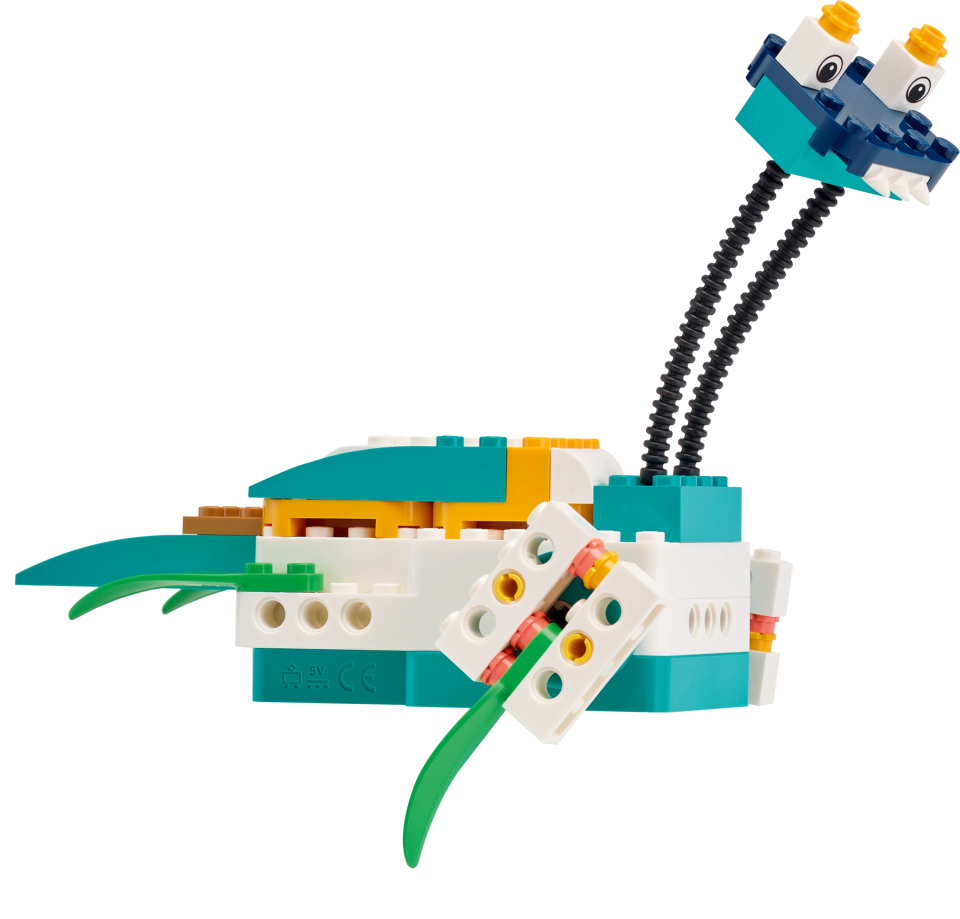What California Schools Need to Know about ELO-P in 2025
Earlier this year, California introduced significant changes to its Expanded Learning Opportunities Program (ELO-P) for the 2025-2026 school year. ELO-P supports before-and after-school, as well as summer enrichment programs for all students in TK-6.
This article will demystify the changes and provide educators and administrators with practical guidance, enabling them to navigate the updates effectively and make informed decisions on how to allocate funding.
The Latest ELO-P Updates
- Total Funding Increase
The May Revision saw an additional $516 million added to the Proposition 98 General Fund, bringing the total ELO-P fund to $4.5 billion. The increase boosts access to programs for all TK-6 students in eligible districts, not just those from low-income or English Learner backgrounds.
- Expanded Program Requirements
Districts receiving the Tier 1 rate must now offer ELO-P access to all students, which may require districts to invest in additional staff, facilities, and planning to meet the increased demand. Programs must offer a minimum of nine hours of combined instruction per school day, including at least 30 non-school days, and the public board must approve the ELO-P plan. There must also be adequate staffing. A 10:1 student-to-staff ratio is required for TK and K, while a 20:1 ratio is necessary for grades 1 to 6.
- Structural Reforms
Lastly, the Legislative Analyst’s Office has recommended structural reforms to improve the program’s efficiency and equity. These include aligning ELO-P with the After School Education and Safety (ASES) Program to avoid overlapping services and allocating funding based on student participation rather than demographic estimates.
Understanding the Revised Funding Structure
Most educators and administrators are familiar with the ELO-P formula, but here’s a quick recap.
Funding Formula, How the Numbers Work
The ELO-P formula is calculated based on three key factors:
- Average Daily Attendance (ADA) – ADA reflects the average number of students attending school each day, during the second principal apportionment period of the previous year.
- Unduplicated Pupil Percentage (UPP) – UPP refers to the percentage of students at a school, or in a district, who are low-income, English Learners, or foster youth.
- Funding Rate – There are two funding rates, but the thresholds have changed in the May Revision. Rate 1 for districts with a UPP of 55% and above, and Rate 2 for districts with a UPP of 55% and below.
Previously, only districts with a UPP of 75% or higher had access to ELO-P funding. However, this threshold has now dropped to 55%, dramatically expanding access and moving many mid-and larger districts from Tier 2 to Tier 1.
Now, districts with a UPP of 55% or higher will receive $2,750 per student based on ADA, or a minimum of $100,000. Districts below the 55% UPP threshold will receive a variable rate, but it will still be no less than $100,000.
Key Takeaways
With increased ELO-P funding and broader eligibility, the recent changes offer districts across California an exciting opportunity to unlock new opportunities and improve their programs. However, schools must have a clear understanding of their data so they can demonstrate compliance during the auditing process.
Preparing for Audits and Compliance Checks
The auditing process for California’s ELO-P is formal and detailed, but unavoidable. Here’s a summary of what it looks like and how best to prepare.
For the 2025-2026 school year, the California Department of Education will govern the auditing procedures, adhering to both state and federal standards. All Local Education Agencies (LEAs) receiving state or federal funds will be subject to audit.
Auditors will begin by verifying whether the district offered the program to the appropriate student groups. Then they will assess whether the program met operational requirements (detailed above).
To demonstrate compliance, districts must keep thorough documentation, including daily attendance logs, staff schedules, program calendars, and evidence of educational and enrichment activities such as tutoring or homework support.
Lastly, districts must ensure financial accountability. ELO-P funds can be used to cover a wide range of purposes, including staffing, curriculum development, materials and supplies, and enrichment activities, but auditors will look for detailed records of appropriate spending. They will review how districts allocate their ELO-P funds to ensure all goals and legal requirements are met. Misused or unspent funds must be returned to the state.
Unlocking Opportunities with ELO-P Funding
Increased funding puts schools and districts in a stronger position to invest in tools and resources that make a real difference for students. Programs like those from LEGO® Education align with ELO-P priorities by offering hands-on, student-centered learning experiences that build STEAM, SEL, and career-ready skills no matter who delivers the content.
Here’s what LEGO® Education can do:
Engaging, hands-on STEAM learning
Standards-aligned content for easy integration
Promotes collaboration, creativity, and persistence
Turnkey programs for multiple grade bands
Supports social-emotional learning (SEL)
Professional development options are available
Excitement that builds attendance & participation
Custom quotes to match funding allocations
Districts across California are already using their ELO-P funds to bring LEGO® Education into their schools and improve outcomes for all students. Below are three examples of ELO-P-aligned initiatives:
- Attendance Recovery (AR)
School districts can use ELO-P funding to run AR programs, allowing students to recover up to 10 days of attendance. LEGO® Education’s programs support this, providing a simple, clear, and effective way for learners and educators to make up absences throughout the year.
- Before- and After-school and Summer Programs
Alongside LEGO® Education, schools can build programs that support learners using their ELO-P funds, including Summer Camps, Computer Science, and Coding Camps, as well as other engaging educational experiences.
- Standardized Learning Experience
Intuitive, user-friendly programs such as the ones offered by LEGO® Education ensure consistency in ELO-Ps. Whether run by the school or independent vendors, the programs are easy to implement and maintain.
We’d love to share more about the work we’re doing with districts across. Meet with our California-based team.
About the Author
Denise Phillips is an engaged educational leader and sales professional dedicated to enhancing student learning across school districts. With over three decades of experience in education and professional development, Denise currently serves as a Solution Architect at LEGO Education, where she leads large district vision setting and implementation. Her role involves facilitating district-level conversations to demonstrate the impact of LEGO School Solutions and Professional Development, aligning them with district priorities and initiatives.
Denise also holds a long-standing position as a Part-Time Professor at National University, working both as a University Support Provider for Intern teachers and as an instructor for master's courses in the Inspired Teaching and Learning department. When not working, Denise enjoys the outdoors, engaging in activities such as mountain biking, skiing, paddleboarding, and hiking.
.png?locale=en-us&auto=webp&format=jpeg&width=1800&quality=90&fit=bounds)





